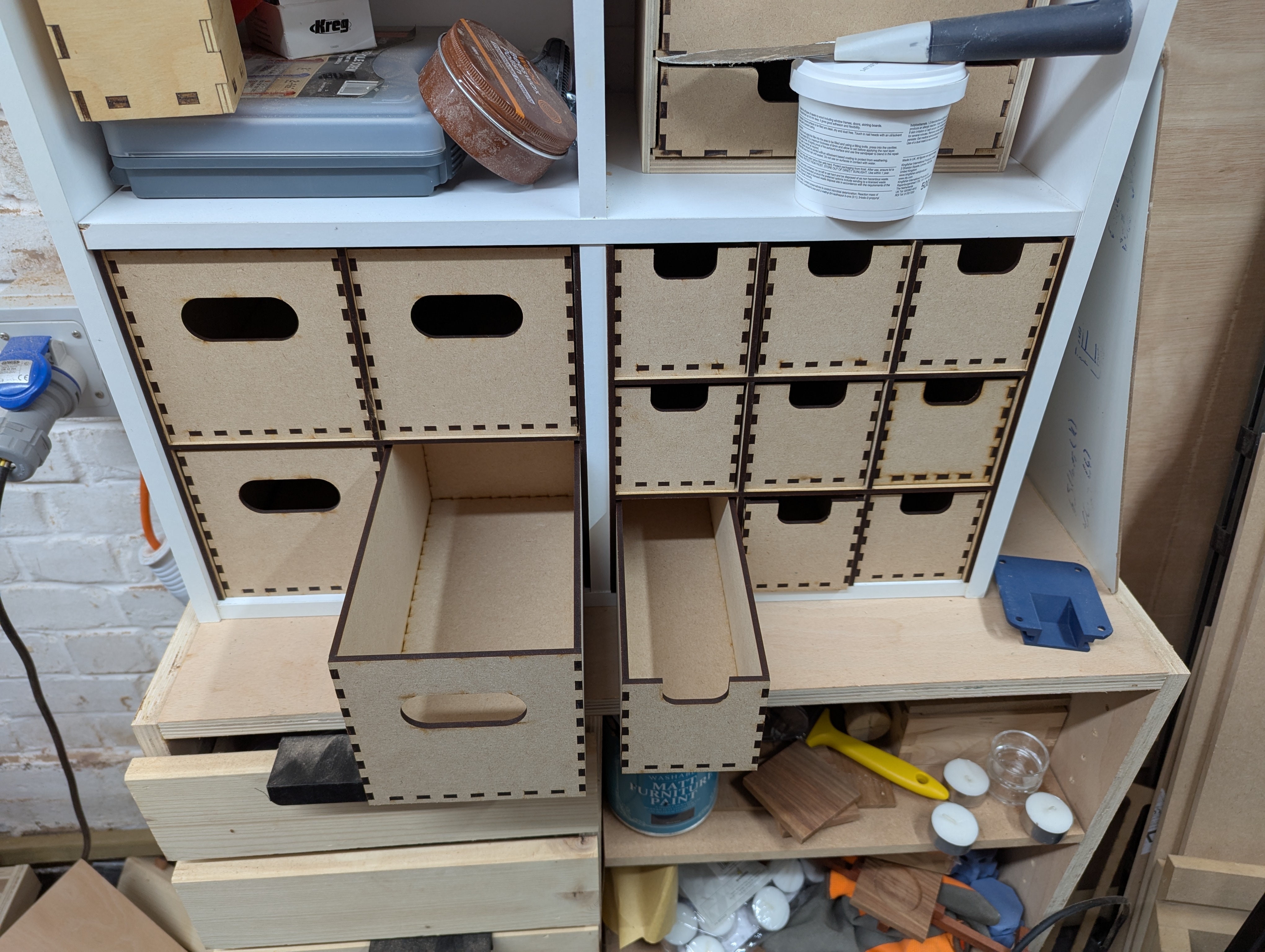I used my Sculpfun S9 laser to make some custom packaging from cardboard I can source from work for free.
























i whipped up a quick catch all type bowl on my cnc with a little silver inlay .
anyone have any tips for trimming the silver wire without deformign the cut ends? bottom left of the bowl shows the jopin in the silver looking a bti scruffy..

that's a beautiful bowl, is it walnut?i whipped up a quick catch all type bowl on my cnc with a little silver inlay .
anyone have any tips for trimming the silver wire without deformign the cut ends? bottom left of the bowl shows the jopin in the silver looking a bti scruffy..
View attachment 190296






